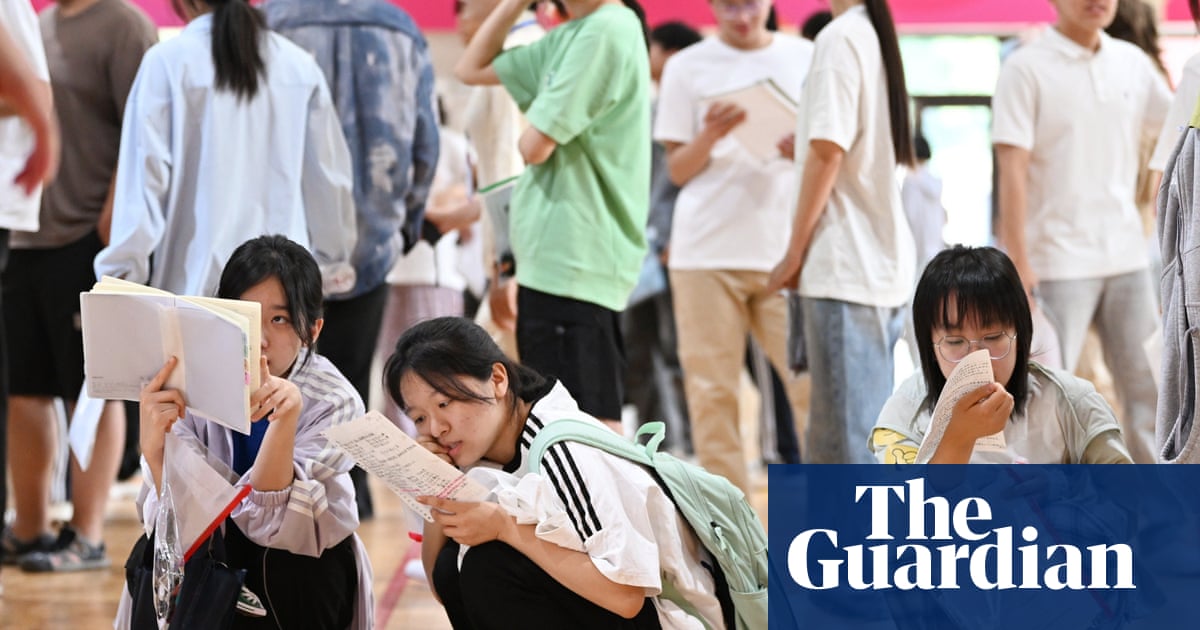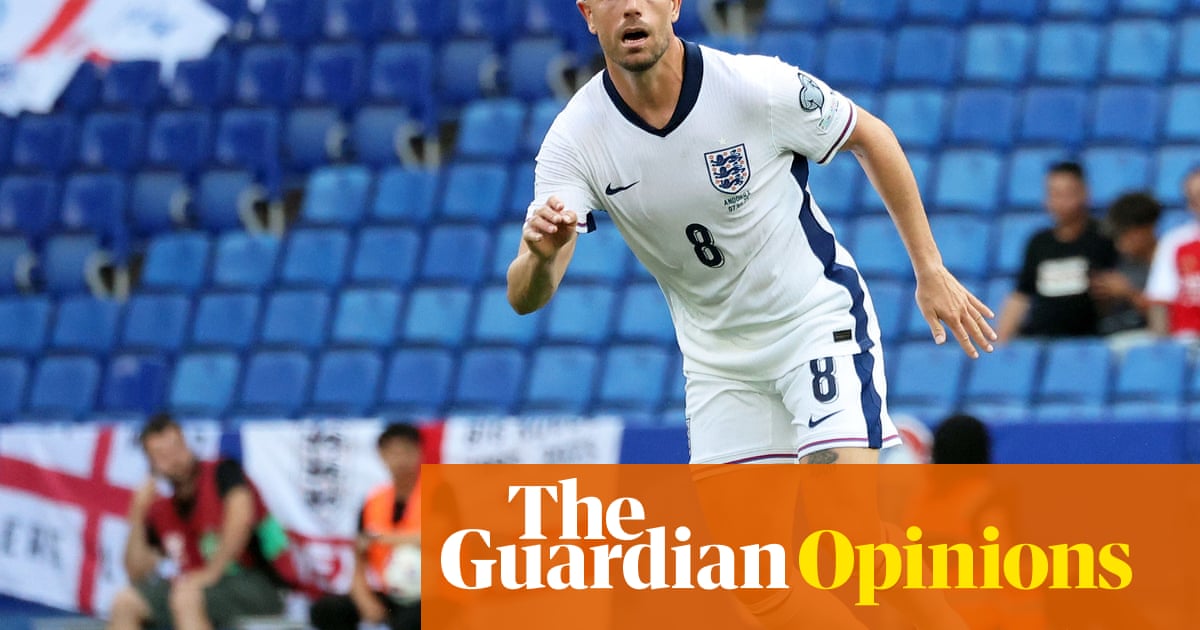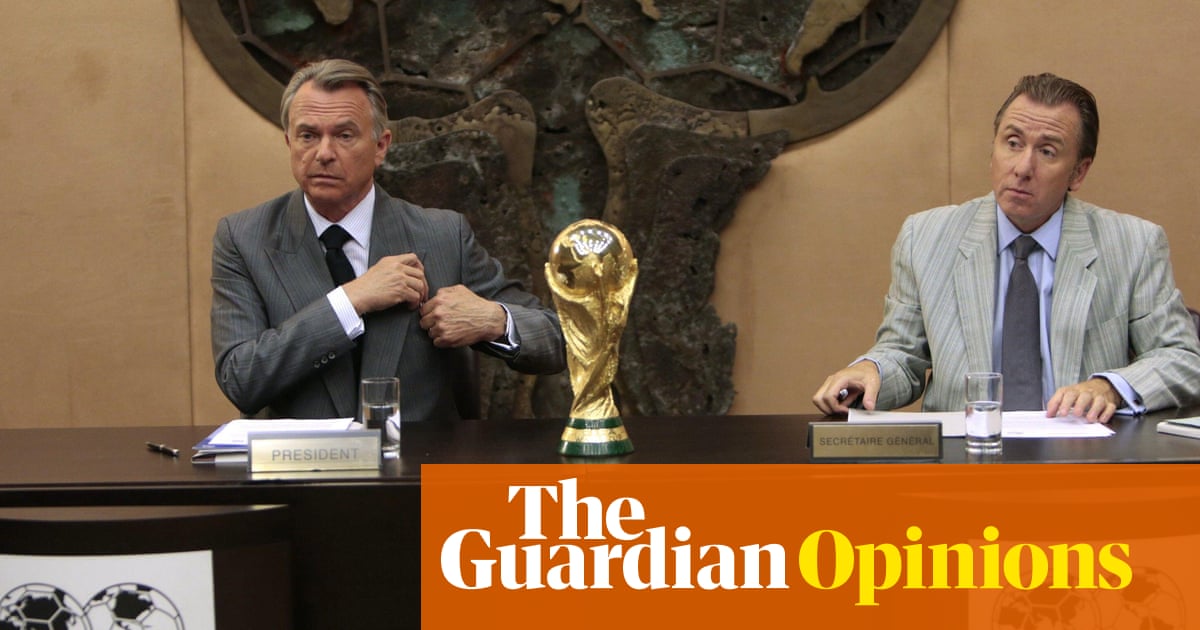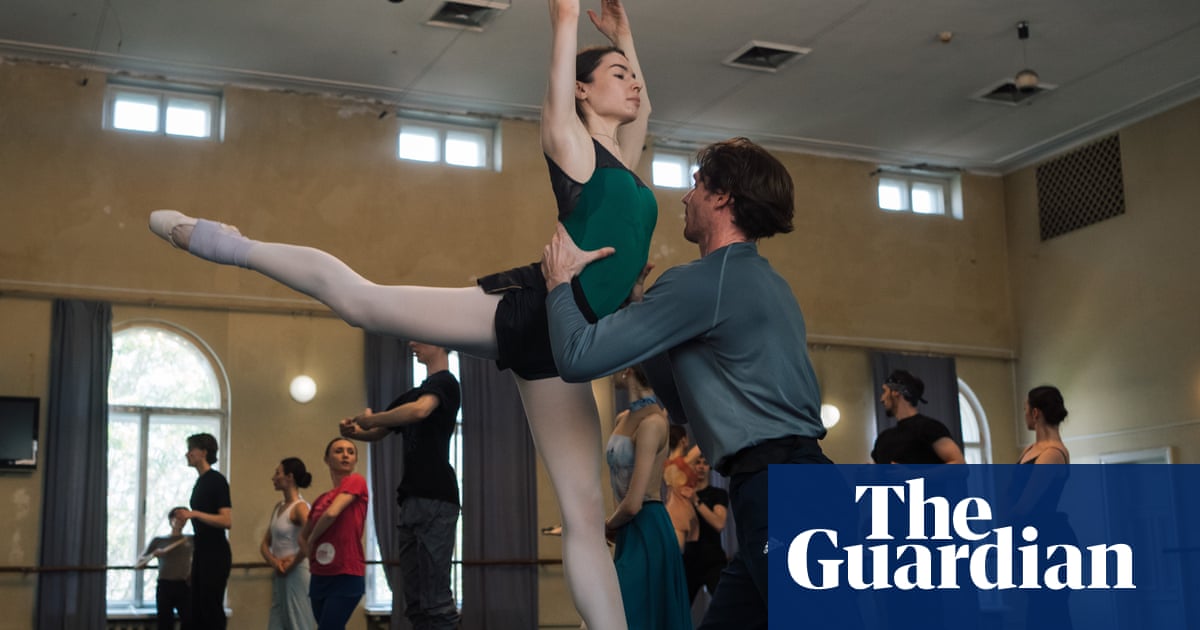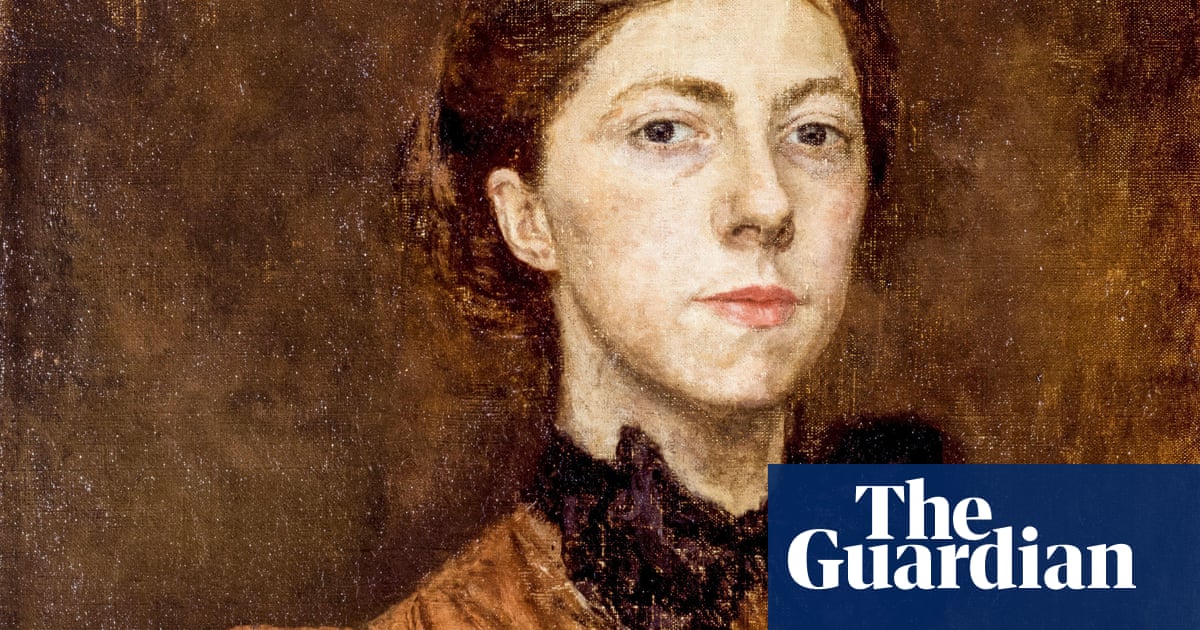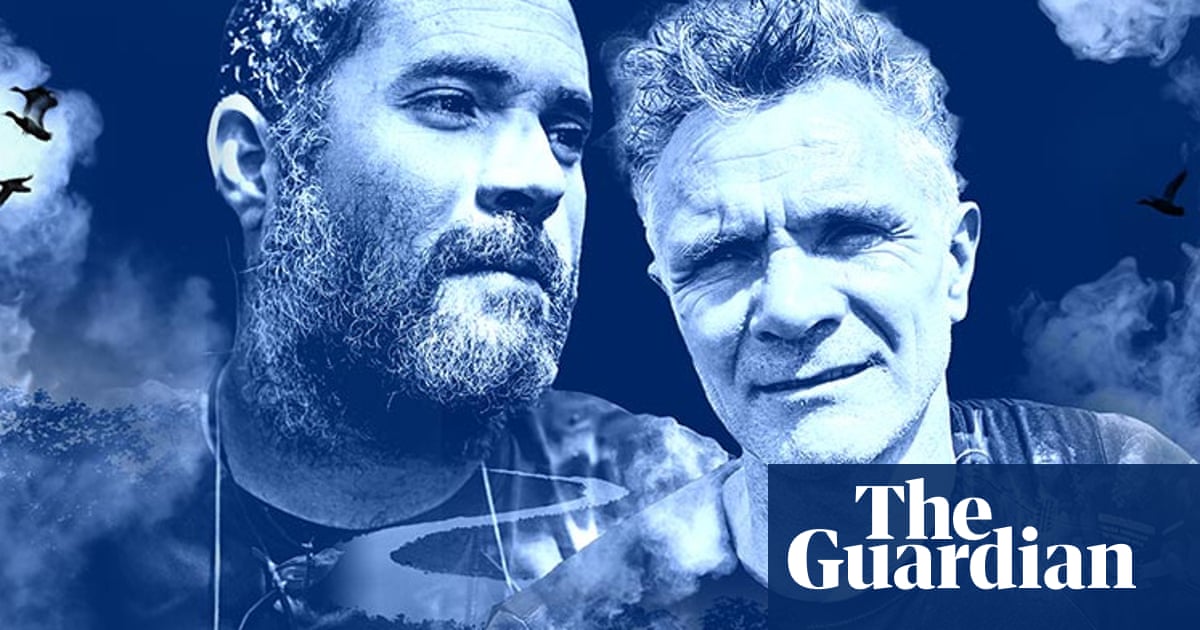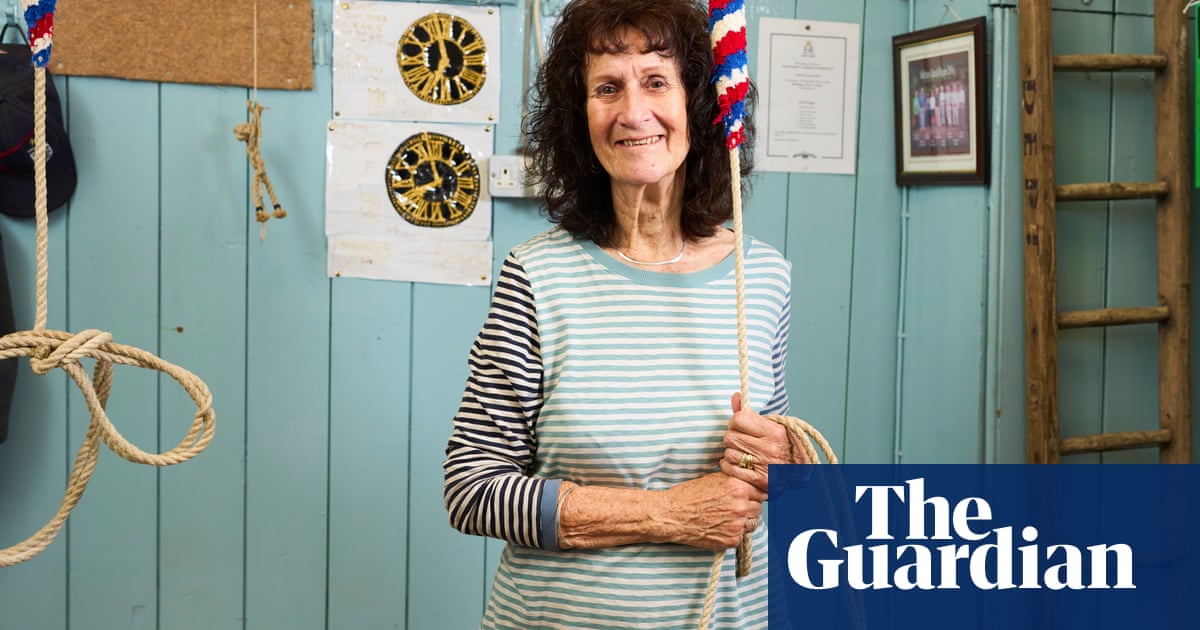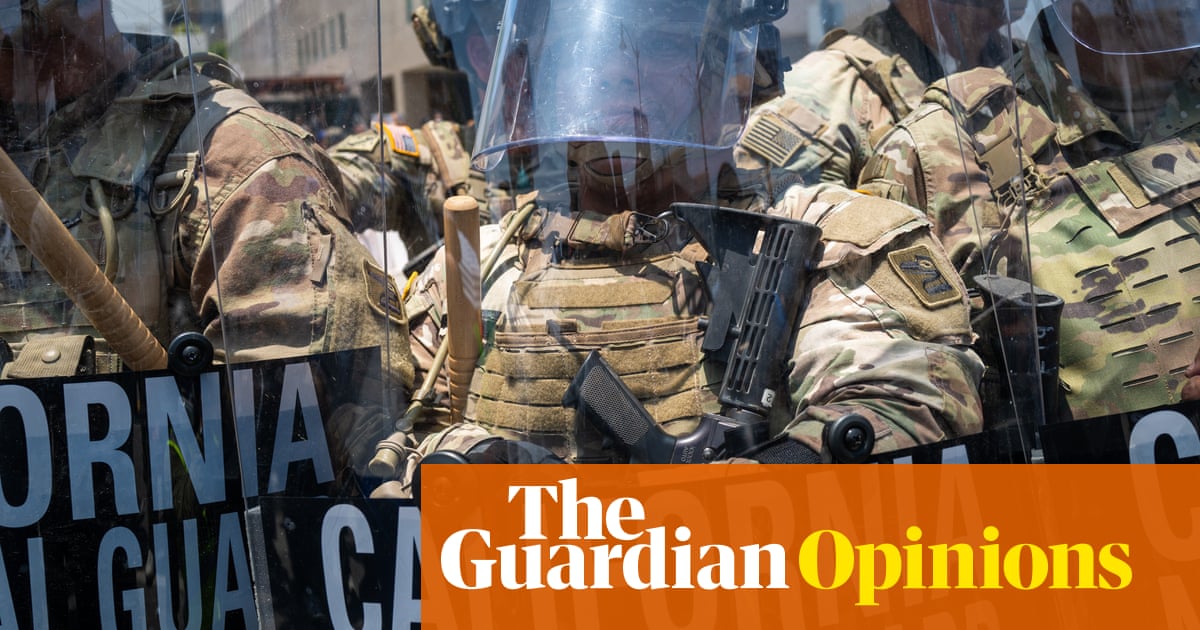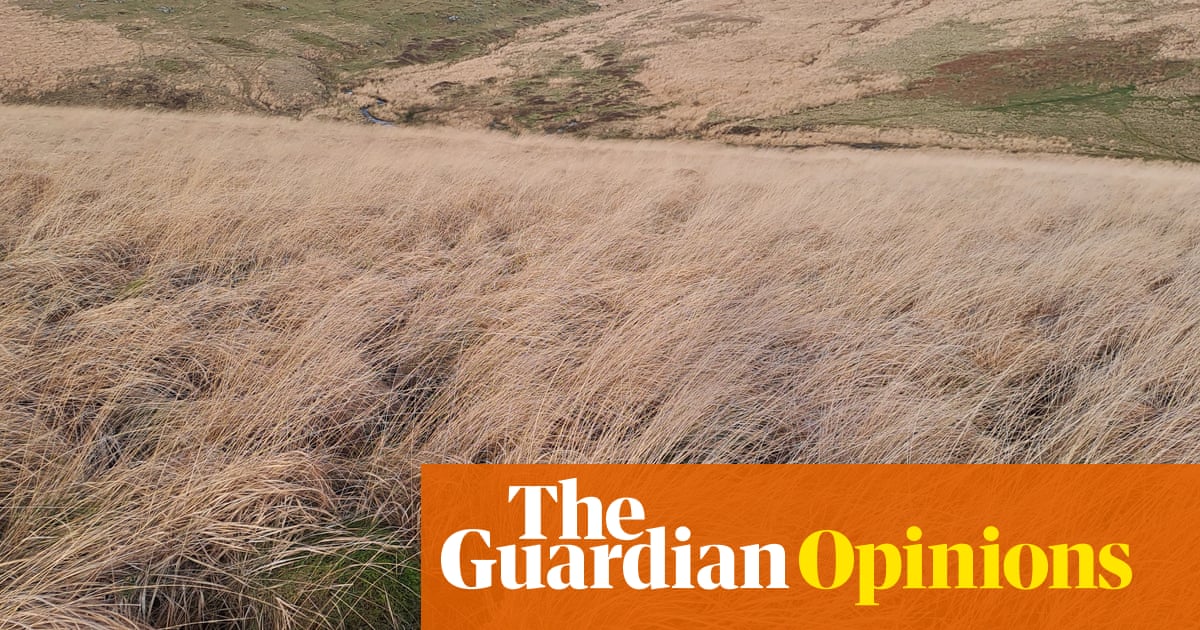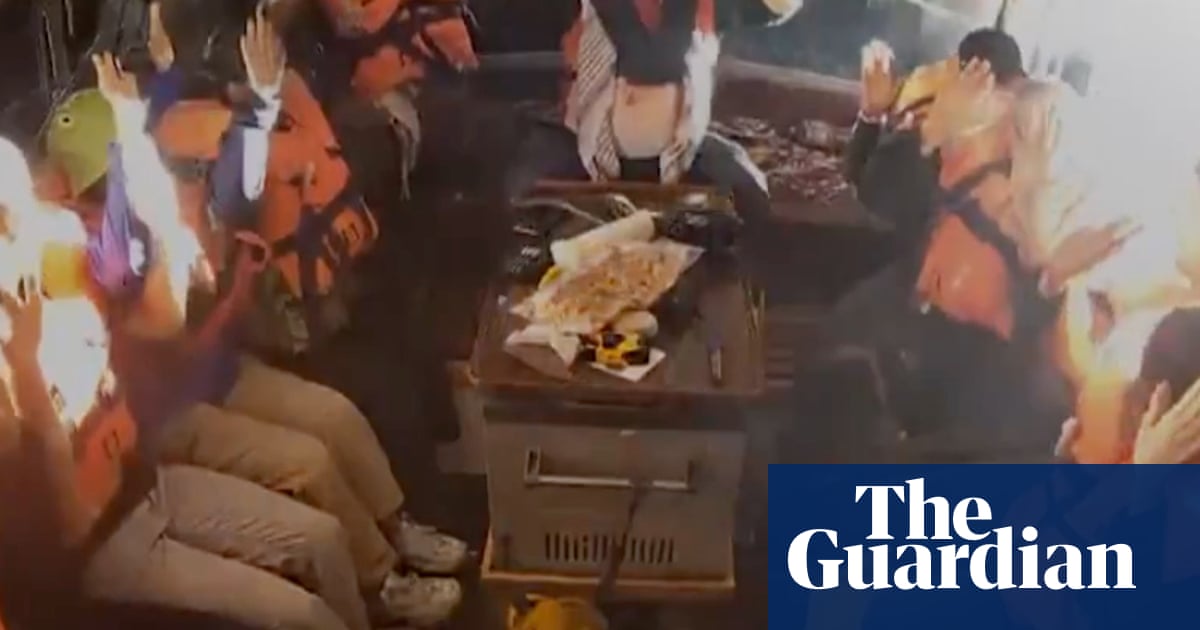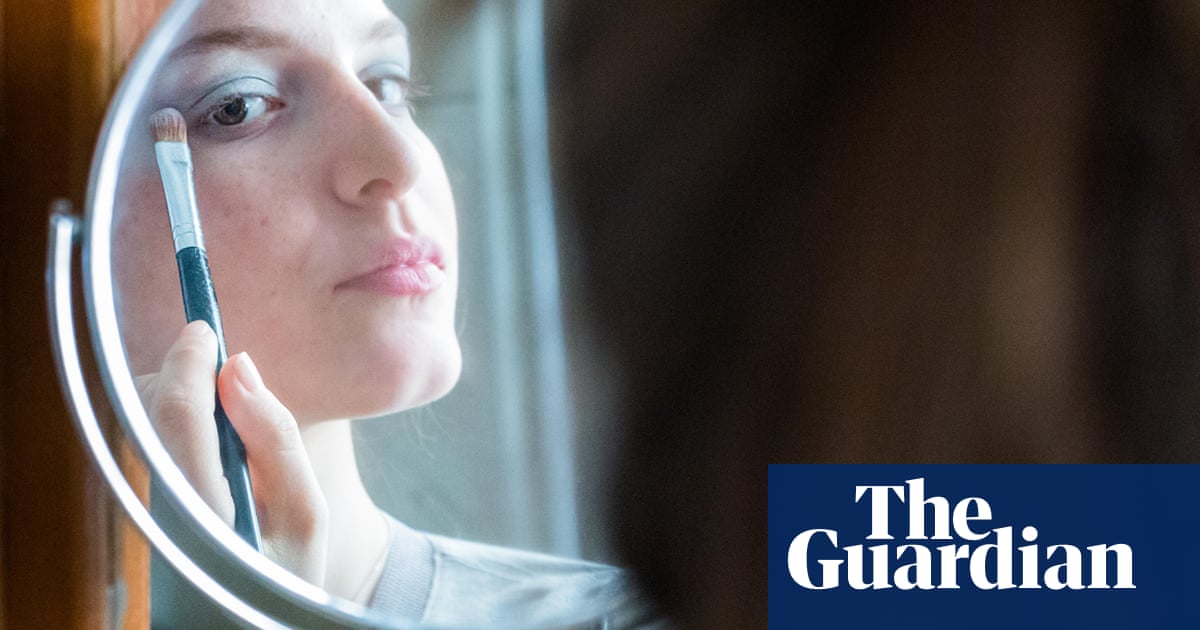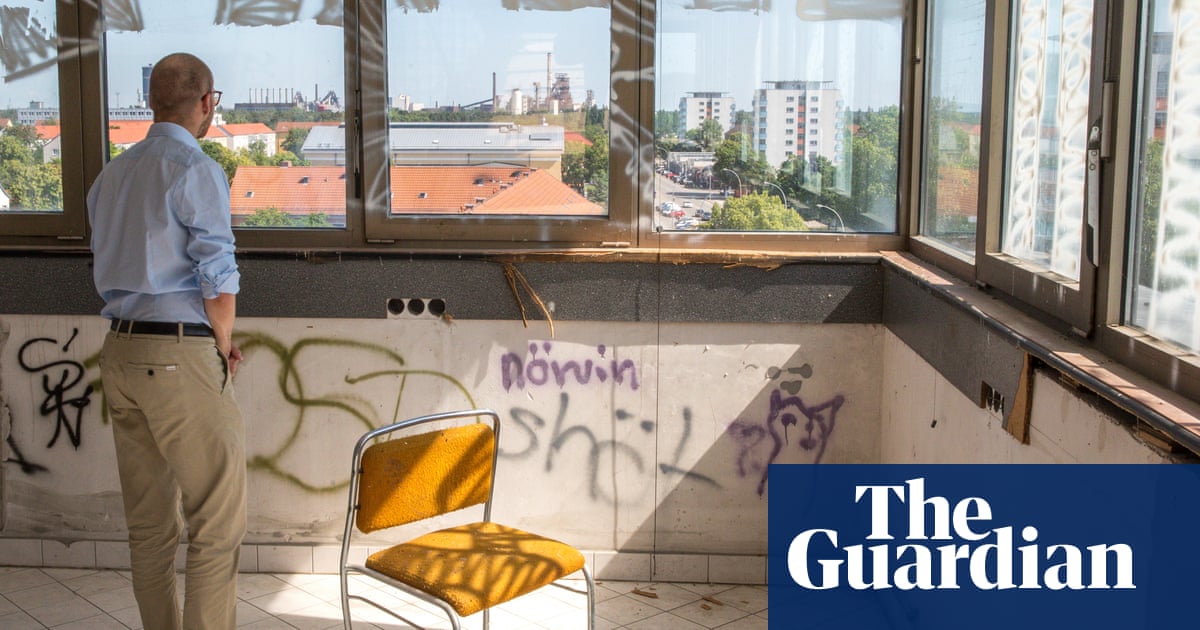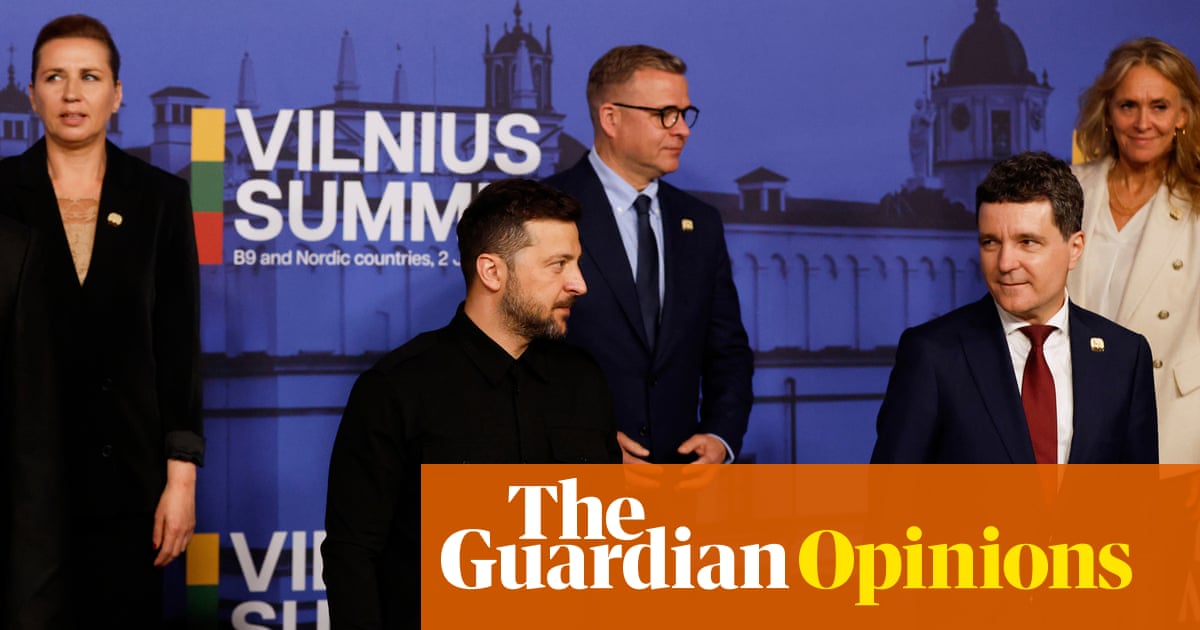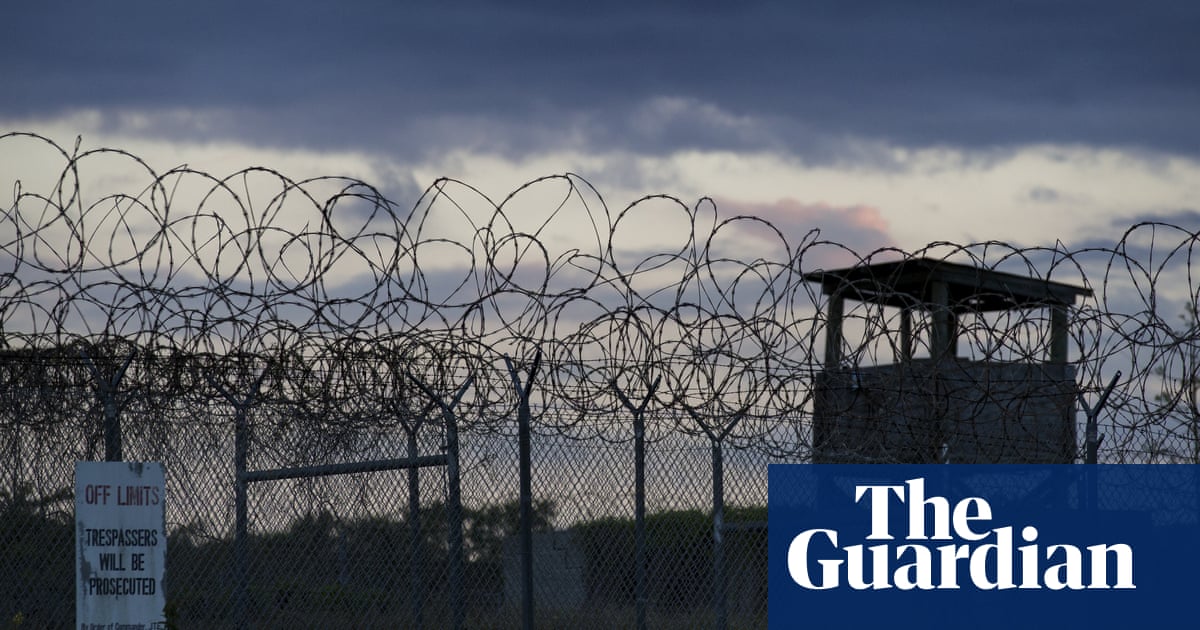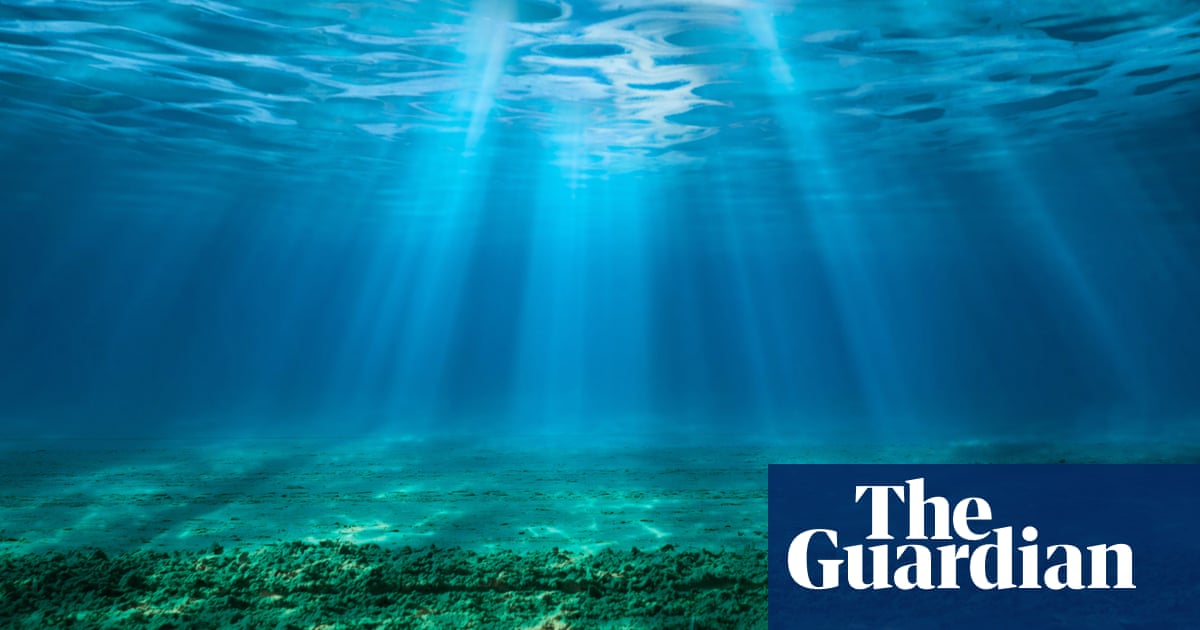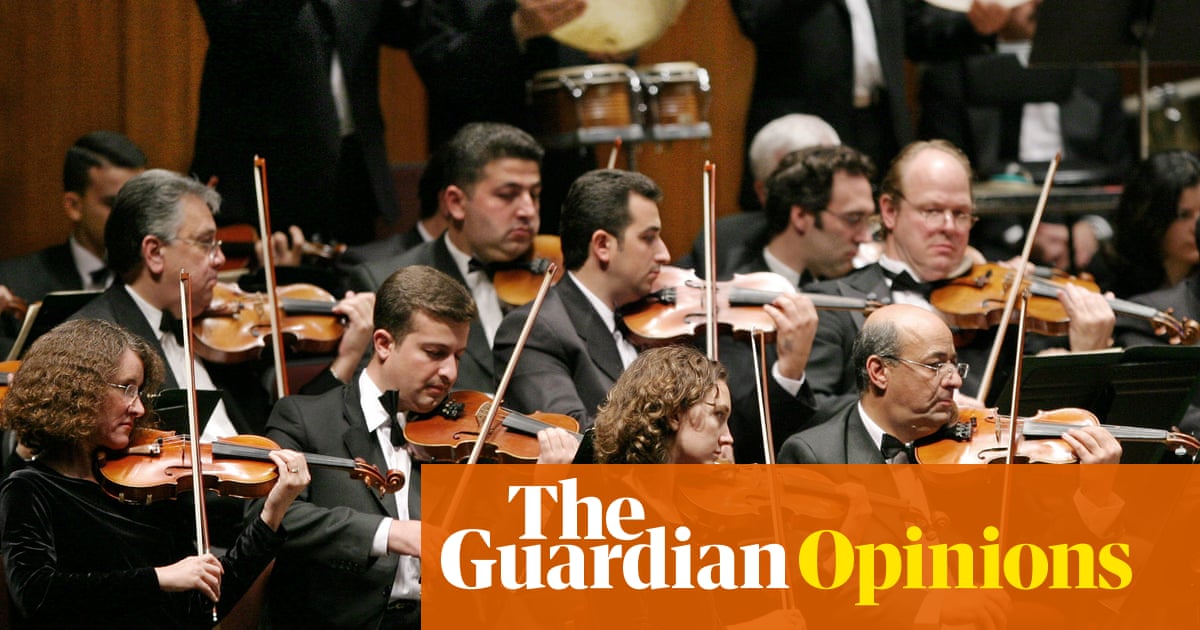For more than 50 years, Sue Williamson’s art has been shining a light on South Africa’s problems – first to campaign against the apartheid state, and then to question how far the country has progressed in reconciliation and remembrance.
But as she prepares for her first retrospective exhibition, the 84-year-old artist has a new pair of targets in sight: US president Donald Trump and his billionaire, South African-born adviser, Elon Musk.
After Musk railed against South Africa’s “openly racist policies” on his social media platform X earlier this month, Trump signed an executive order cutting aid to the country, accusing its government of “unjust racial discrimination” against white Afrikaners and offering them asylum in the US.

The order also said: “South Africa has taken aggressive positions towards the United States and its allies, including accusing Israel, not Hamas, of genocide in the international court of justice.”
Speaking from her studio in Cape Town, Williamson said: “Trump and Musk are just gaslighting, because of the judgment of the international court of justice (ICJ) against Israel.”
South Africa brought a case against Israel at the ICJ in December 2023, accusing it of committing genocide against Palestinians in Gaza. In January 2024, the UN court ordered Israel to ensure its forces do not commit acts of genocide, although it has not yet ruled on its previous acts. Israel has fiercely rejected the case.
“They’re trying to set it up that South Africa is not a credible country to bring such a case,” Williamson said. “You’ll see South Africa dragged through the mud a lot more by Netanyahu [Benjamin, prime minister of Israel] and Trump and Musk.”
Ahead of the opening of her retrospective at the Iziko South African National Gallery in Cape Town on 22 February, Williamson dismissed the US claims that South Africa was expropriating land from white Afrikaner farmers.
“It’s a much more considered process. If you look back to the Land Act of 1913, when black farmers lost their land to whites, it’s about time that something was done to reverse that.”
South African president Cyril Ramaphosa signed a law last month that allows for land to be expropriated with “nil compensation” in limited circumstances, such as when the land is abandoned.
after newsletter promotion

Since the end of apartheid in 1994, courts have returned land to displaced owners in a few cases. Despite government efforts to buy and redistribute land, and some black people buying farms, 78% of private farms remain white-owned, according to Stellenbosch University economists Johann Kirsten and Wandile Sihlobo.
Williamson started art classes while working as an advertising executive in New York. However, her first activist art didn’t come until almost a decade after moving back to South Africa with her young children in 1969 to be closer to her family.
When police opened fire on unarmed schoolchildren protesting in Soweto against the imposition of Afrikaans lessons on 16 June 1976, Williamson joined a multiracial activist group that became known as the Women’s Movement for Peace. They demanded to be served together at segregated restaurants and took their children to white-only beaches.
In 1977, the group formed a human chain to try to stop the informal settlement of Modderdam near Cape Town’s airport from being bulldozed, but the effort failed when the women had to pick their children up from school.
Williamson sketched the demolitions on postcards, accompanied by the imaginary musings of apartheid officials, such as: “Don’t feel sorry for these people.” One of the Modderdam Postcards, which were copied to be handed out, was banned from being distributed.
Williamson recalled: “The lawyers actually wrote to Pretoria and said ‘Why did you ban this postcard?’ And they wrote back with quite an amusing letter, saying, ‘Well it’s not without artistic merit,’ which I thought was really funny. ‘But it doesn’t explain that these people were here illegally, so it’s propagating false information.’”

The demolition of non-white homes remained a focus of Williamson’s work throughout the 1980s. After her friend Naz Ebrahim was served with an eviction notice while preparing Eid dinner in 1981, Williamson gathered rubble from demolition sites across District Six, a central Cape Town area declared a white-only zone in 1966. Williamson surrounded the rubble with six dining chairs borrowed from Ebrahim, and played voices and sounds from District Six, in an installation called The Last Supper.
The retrospective includes a new work featuring the same chairs, borrowed again from the Ebrahim family, with audio of District Six residents. Williamson wanted the piece to be a catalyst for change: “I was asking journalists to reflect on the fact that the government is supposed to rebuild District Six and absolutely nothing has happened.”
The exhibition’s titular 2013 work, There’s something I must tell you, features videos of veteran female activists telling younger female relatives about their experiences of apartheid. Williamson said the conversations were as important as ever, adding she had been troubled hearing young people telling a radio show that things were better under white minority rule. “I don’t think it’s just in South Africa. I think it’s a worldwide thing in traumatised societies, that parents don’t really want to load that sort of stuff on to kids,” she said. “You have to know your own history to find your own place in society.”
Nonetheless, Williamson, who started her career as a journalist, said her 2013 work probably needed an update: “I don’t quite know what young people today think. Maybe I need to make another work and find out.”

 3 months ago
63
3 months ago
63
